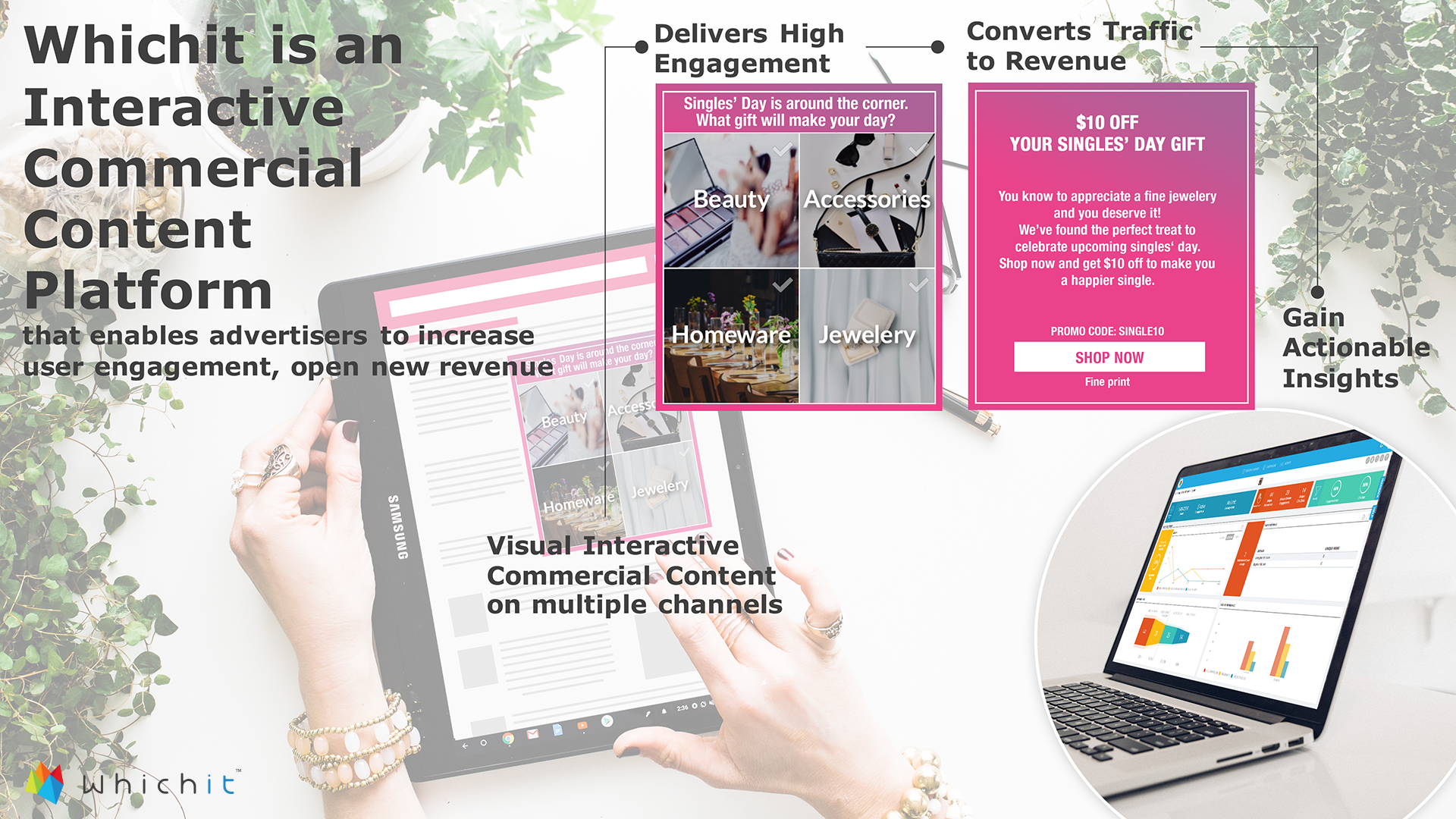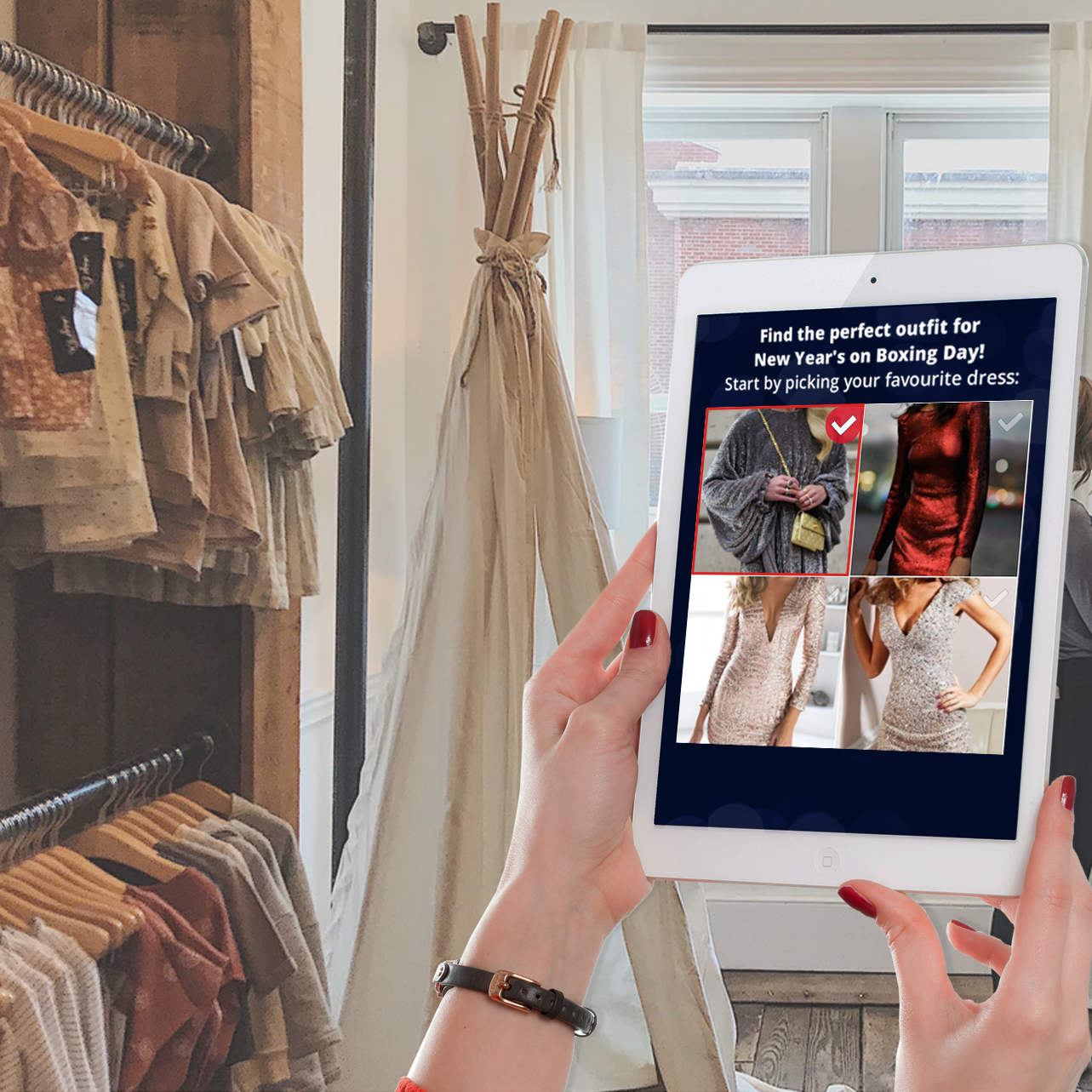Supercharge your CRM with Whichit’s Microsoft Dynamics365 Integration
Whichit has enhanced their integration capabilities by establishing a direct connection between interactive commercial content served online and one of the industry’s most powerful CRMs: Microsoft’s Dynamics365.
Using Whichit’s Dynamics365 integration, businesses can instantly streamline user information to their CRM. Data transmission is facilitated by Whichit’s naturally interactive content distributed across the web.
In this article, we will explain how a business can take five simple steps to turn a stranger engaging with their content online into a paying customer by using Whichit’s Microsoft’s Dynamics365 CRM integration.
Whichit for Enterprise
Whichit is a B2B software company providing an interactive commercial content platform that enables brands, marketers and advertisers to dramatically increase user engagement, return on marketing investment, open new revenue streams, and gain user-related insight. The company developed an innovative technology that profiles users based on their preferences and uses machine learning to provide bespoke commercial incentives in real time.
The value of interactive commercial content
Using Whichit’s unique ad unit, businesses are able to spread their interactive content to a wide audience in the form of a fun, intuitive image-based poll or survey. Naturally interactive content allows businesses to directly gather preferences from their online audience— a one-to-one conversation occurs online between the business and their consumers.
Better yet, Whichit’s intelligent ad unit is able to perform preference-based segmentation; the ad unit offers the end user a commercial Engage Card suited to their needs and preferences. The Whichit ad unit is able to recognise a potential client and make a commercial offer in real-time.
Touchpoints on any digital channel
As you may already know, Whichit’s interactive commercial content can be distributed to any digital channel. This includes placements native onsite, on social channels like Facebook or Twitter, banners on the Google Display Network and other DSPs, email marketing campaigns and messaging services like WhatsApp.
Regardless of the chosen traffic sources, interactive content served by Whichit is able to consolidate and immediately deliver segmented user data to Dynamics365.
From engagement to sale in five steps
1. Preference to data point transformation
Each Whichit post circulating the web contains over 60 different data points that are used to better understand user preferences and create advanced user segmentation. Data collected by the Whichit ad unit can evolve immediately from a user preference to a real actionable data point for a business by contextualising the choices a user makes while interacting. Due to the simplicity and natural engagement of the creatives, the sky is truly the limit for what a business is able to understand about their audience by simply asking them online.
2. Segmentation by preferences
Whichit ad units have the ability to digest end-user’s choices throughout their interactions with the ad. Each click or choice contributes to a personalised outcome right before their eyes; live segmentation allows businesses running Whichit campaigns to deliver bespoke commercial messages to their users online, based entirely on the choices they’ve made.
3. Lead generation
Whichit provides businesses with several commercial message (Engage Card) types to choose from when building a campaign, but by far the most powerful commercial message for a business is the lead generation Engage Card.
With Whichit, businesses are able to run fully GDPR-compliant lead generation campaigns that instantly deliver real end-user data. Once a lead is collected by the Whichit ad unit, the lead—and all the underlying data points based on their choices—can be sent directly to the business’ CRM.
4. Processing and automation
One of the many reasons for business CRMs rising to popularity over the past five years is the value a CRM brings in terms of automation. Using a CRM such as Dynamics365, a business can setup email auto-responders and segment users within their CRM according to the campaign on which they sailed into the database.
Whichit takes the processing and automation functionalities of a typical CRM and provides them a much more valuable engine on which to segment and automate contacts: user preferences. A brand using Whichit can deliver leads into their Dynamics365 instance with precisely everything they need to know about said user, a user the business can then move onto the final stage with a rich understanding of their needs as a client.
5. Actionable and educated sales approach
Thanks to the efficiency and the level of granular user detail provided by previous steps, this final stage could not be any simpler. The final phase of this process is to take the data your business has easily channelled into Dynamics365 and action it.
When a new lead arrives in Dynamics365 with full contact details, customer acquisition information and a full list of user choices, and is segmented correctly by the CRM’s internal sorting, the business can then continue their chosen sales process with an educated knowledge of their clients’ needs— phenomenally increasing the efficiency of the sales process by taking only a few steps beforehand.
------
If you’d like to use Whichit to take control of your data and take five steps to turn your engagements into sales, get in touch with us and we’ll be happy to help you! Email pro@whichit.co.







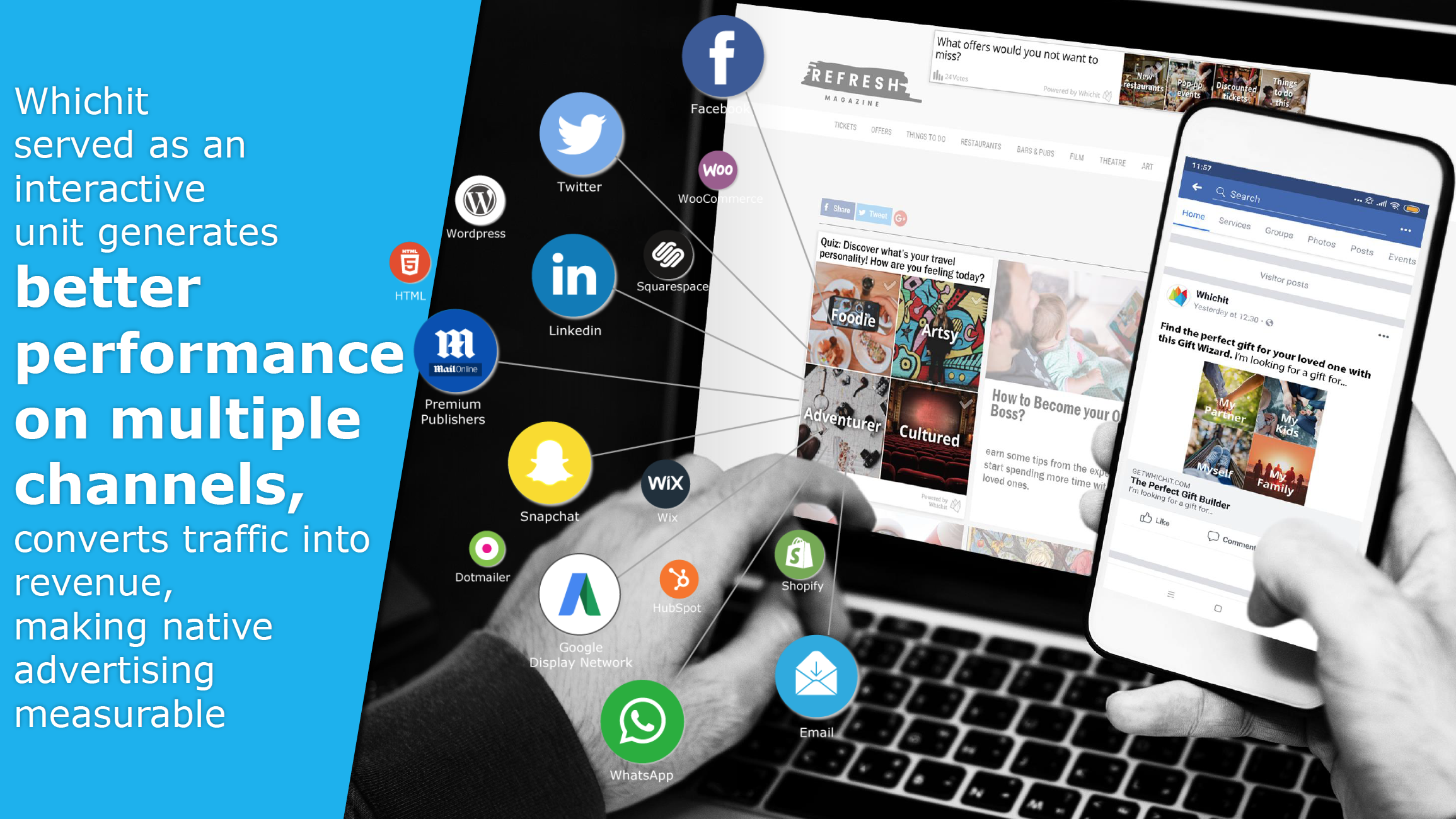


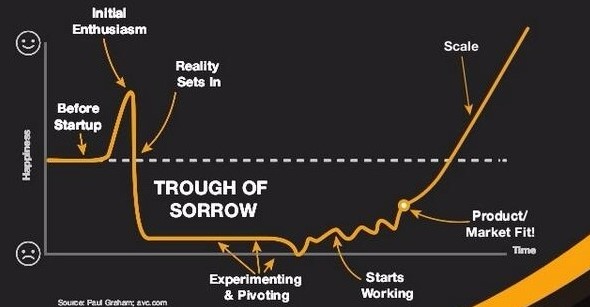
![The WBS Of The Founder-CEO [see full picture]](https://images.squarespace-cdn.com/content/v1/568abe4569492ea07bd8d391/1542016051088-S2RCT9BES080G6NIVX32/WBS+Of+The+Founder-CEO+-+Nov+2018.jpg)






![The Whichit Funnel [Whichit for Advertiser Dashboard Screenshot]](https://images.squarespace-cdn.com/content/v1/568abe4569492ea07bd8d391/1539678015779-X6R91BN2GF3O0A4MWJYM/Whichit+Funnel.png)
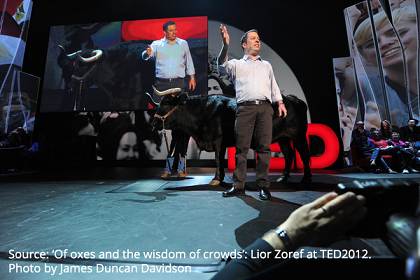
![Votes Breakdown and statistic Correlation [Whichit for Advertiser Dashboard]](https://images.squarespace-cdn.com/content/v1/568abe4569492ea07bd8d391/1539678252013-7V6R144QLZT1O1DI8B25/Dashboard-Results-GIF.gif)


















